The golden light of dawn spills across the ochre plains of East Africa, illuminating a Maasai elder whose beaded collar casts intricate shadows on his weathered face. This arresting image, captured by Portuguese photographer Mário Macilau during a three-year immersion in Tanzanian tribal communities, exemplifies the profound shift occurring in contemporary African tribal photography. No longer content with colonial-era depictions of "noble savages" or anthropological specimens, a new generation of African and diaspora photographers are rewriting visual narratives through intimate, collaborative storytelling.
In the remote Omo Valley where Ethiopian highlands meet Kenyan borderlands, German-Ethiopian artist Aïda Muluneh orchestrates surreal portraits of Surma women adorned with ritualistic body paint and avant-garde headdresses. Her 2018 "Water Life" series transforms tribal aesthetics into allegorical commentary on climate change, with subjects balancing precariously on stacks of water jugs in cracked-earth landscapes. This conceptual approach challenges what South African curator Liza Essers calls "the safari gaze" - that persistent Western tendency to frame African cultures as timeless relics rather than dynamic participants in global discourse.
The ethical complexities of tribal photography crystallized during Kenyan artist Jimmy Nelson's controversial "Before They Pass Away" project. While his luminous portraits of Himba cattle herders and Dani warriors garnered international acclaim, indigenous activists criticized the romanticized title for implying their cultures were vanishing. In response, Namibian photographer Kyle Weeks collaborated with Himba youth on "Hair Stories," a 2020 series documenting how traditional hairstyles evolve when young people migrate to cities. The images reveal not a dying tradition but a living one adapting to modernity - box braids intertwined with ochre-coated dreadlocks, smartphone earbuds dangling beside iron jewelry.
Technical innovations are democratizing representation across the continent. Malian photographer Malick Sidibé's grandson Ismaïl now trains Dogon adolescents in drone photography, resulting in breathtaking aerial perspectives of their cliffside villages. Meanwhile, Nigerian collective Depth of Field equips Pygmy communities in Congo Basin with waterproof cameras to document their symbiotic relationship with rainforest ecosystems. "When we develop the film in makeshift darkrooms," says member Adesuwa Obasuyi, "the Baka people point excitedly at medicinal plants they've photographed, teaching us about biodiversity through their own lens."
Perhaps the most radical work emerges from collaborations like Mozambican artist Filipe Branquinho's ongoing project with Yao matriarchs. His large-format portraits, shot inside the women's circular huts, incorporate long exposures that allow his subjects to move during the shot - resulting in blurred gestures that evoke ancestral spirits. The accompanying audio recordings (accessed via QR codes) feature the women singing initiation songs, creating what Branquinho describes as "polyphonic portraits" that engage multiple senses beyond the visual.
As the afternoon sun sets fire to the Kalahari horizon, San bushman photographer Thabo Xhoma adjusts his manual focus on a group of grandmothers teaching children to track springbok. His generation faces the paradox of documenting endangered traditions while navigating climate migration and smartphone saturation. Yet in these frames - where dust motes glow like stars around laughing faces - we glimpse tribal photography's ultimate revelation: not difference, but the luminous threads of human connection.

By Laura Wilson/Apr 14, 2025

By Joshua Howard/Apr 14, 2025

By John Smith/Apr 14, 2025

By George Bailey/Apr 14, 2025

By Thomas Roberts/Apr 14, 2025

By Amanda Phillips/Apr 14, 2025

By Daniel Scott/Apr 14, 2025
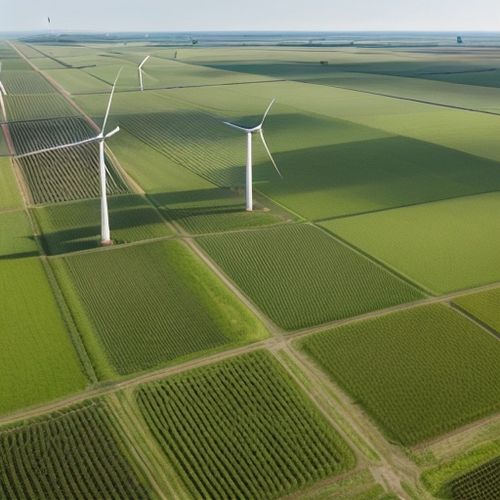
By John Smith/Apr 14, 2025
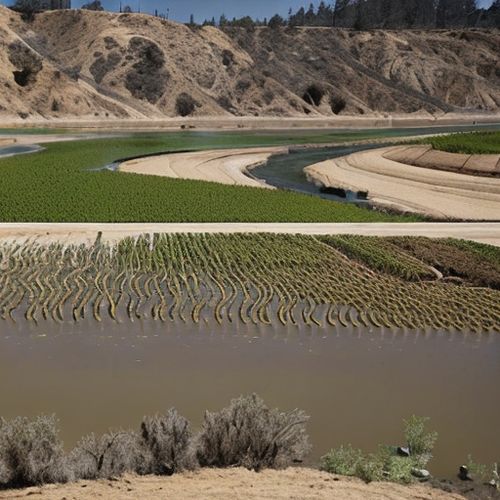
By Amanda Phillips/Apr 14, 2025
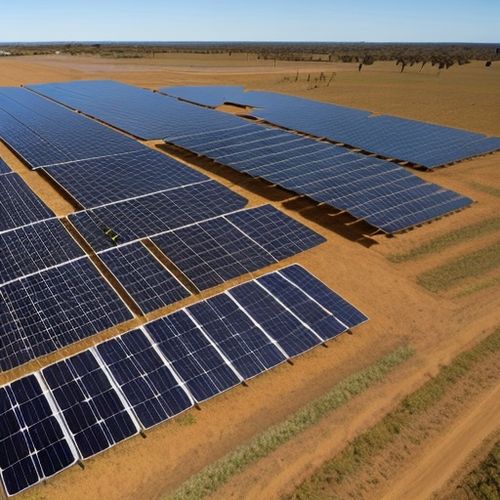
By Christopher Harris/Apr 14, 2025
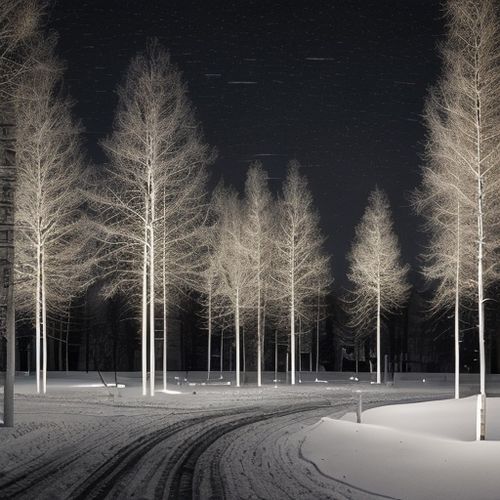
By Eric Ward/Apr 14, 2025

By Eric Ward/Apr 14, 2025

By David Anderson/Apr 14, 2025
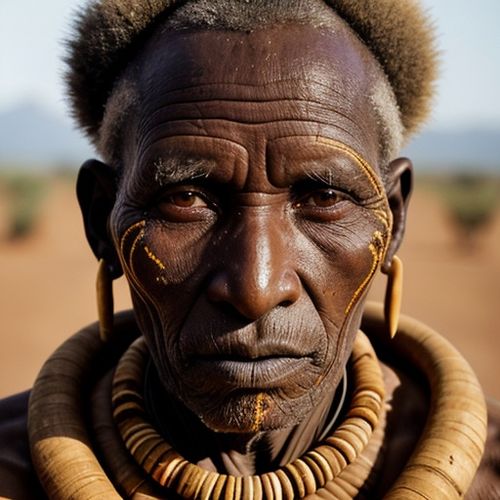
By Thomas Roberts/Apr 14, 2025
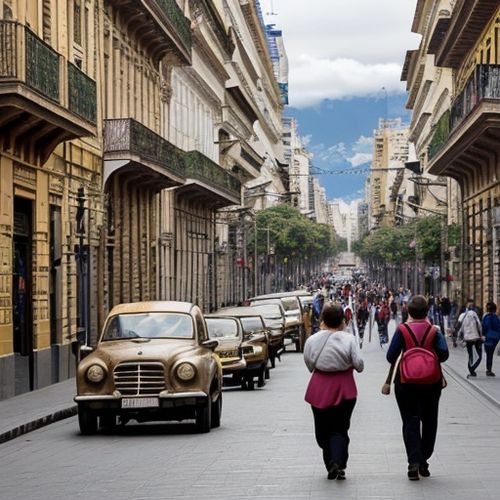
By Grace Cox/Apr 14, 2025
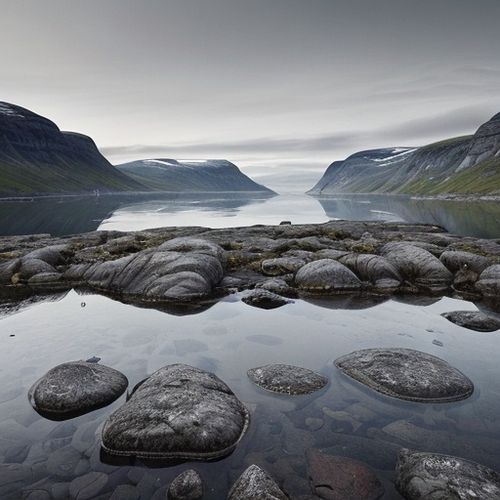
By George Bailey/Apr 14, 2025
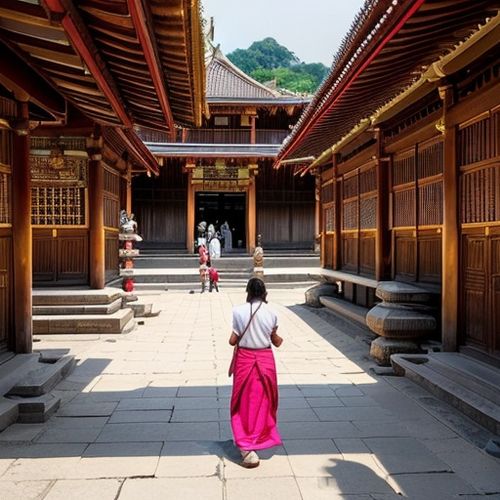
By Ryan Martin/Apr 14, 2025

By Thomas Roberts/Apr 14, 2025

By Samuel Cooper/Apr 14, 2025

By Rebecca Stewart/Apr 14, 2025